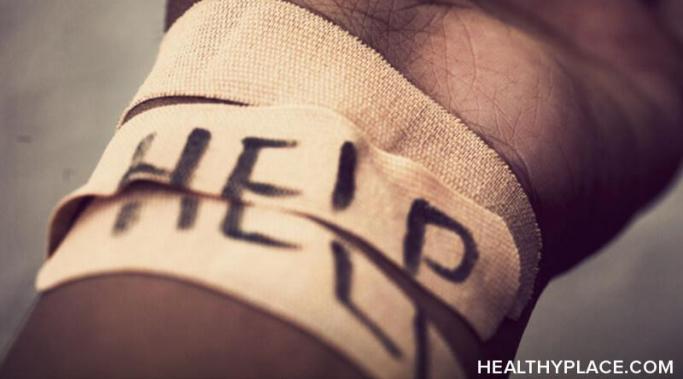Shame and guilt aren't just common self-harm triggers—they are also often numbered among the scars self-injury leaves behind. Moving on is a vital part of the recovery process, but how do you forgive yourself for hurting yourself?
Mental Health Issues
How can you tell if your self-harm is getting worse? Self-injury, like most mental health disorders, exists on a spectrum. Some people only ever engage in relatively minor acts of self-harm, while for others, the situation may become more serious. If you suspect your self-harm is getting worse, it is important to not only recognize that truth but also take steps now to keep yourself from sliding down a dangerous, slippery slope.
Self-neglect and self-harm may not be the same thing, but there is certainly some overlap. What drives people to hurt themselves may also drive them to deprive themselves of the basic care and comfort we all deserve and need in order to thrive.
Dreams mean many things to many people. Some remind us of memories, whether recent or long-buried; others reflect our hopes and fears about the present or the future. But what do dreams about self-harm mean?
Journaling can be a wonderful tool to use whenever you feel like your life is falling apart. The act of writing something down on paper works like magic. Your mind calms down, your emotions become more transparent, and you gain control over your self-harm thoughts.
When talking about self-injury, often we are describing the act of causing oneself physical harm or pain. But can self-harm be emotional, too?
When we hear the word "self-harm," we often think of self-inflicted physical wounds. However, negative thought patterns can lead to emotional self-harm and cause just as much damage to our mental health and lead to serious problems in the long-run. Physical and emotional self-harm can be similar in many ways, and they often go hand-in-hand with each other.
We often think of fear and pain as distinct experiences, one physical and one emotional. Emotional pain, however, is just as real as physical injury, and when self-harming and anxiety are intertwined, they may form a vicious cycle from which it can be difficult to break free.
Coping with self-harm triggers can be difficult enough during normal, everyday life. It should come as no surprise that major stressors like the COVID-19 pandemic can make coping with self-harm triggers exponentially harder.
Most of the time, self-harm is not inflicted with the intention of causing serious damage, but even so, there are physical risks of self-harm. Typically, the resulting physical wounds of self-harm tend to be superficial, especially in those for whom self-harm is relatively new. However, self-harm has a way of escalating quickly and can, if left untreated, pose a physical danger.









